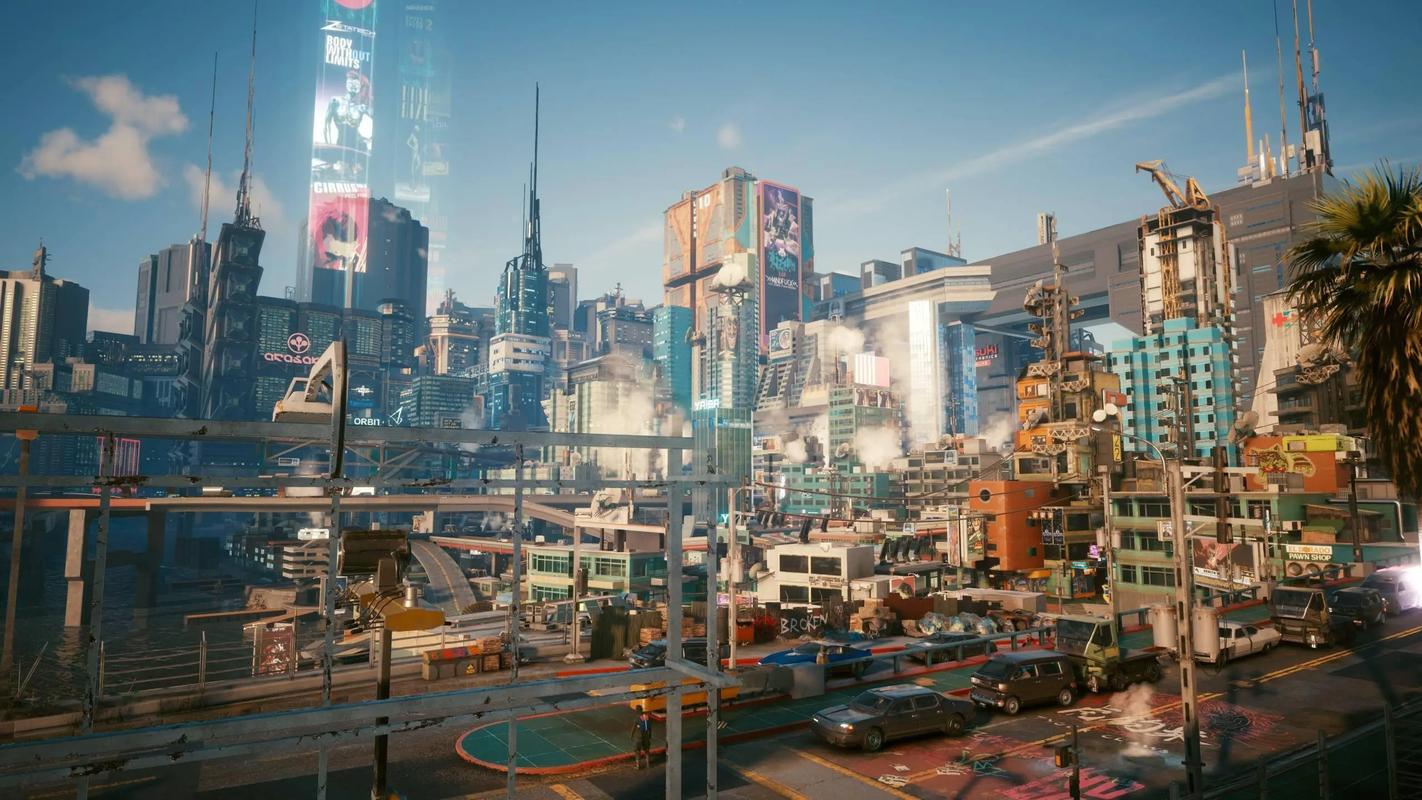AAA Game-Based Platformer-Racing Hybrids: The Fusion of Platform and Race
The gaming industry has continuously evolved by blending genres to create fresh, engaging experiences. One of the most exciting hybrid genres to emerge is the AAA game-based platformer-racing hybrid, which combines the precision and agility of platformers with the high-speed thrills of racing games. These titles challenge players to navigate intricate courses, balancing platforming mechanics with vehicular or character-based racing. This article explores the appeal, design challenges, and notable examples of this innovative genre.
The Appeal of Platformer-Racing Hybrids
Platformers and racing games have distinct strengths. Platformers emphasize precise jumps, environmental puzzles, and character mobility, while racing games focus on speed, reflexes, and track mastery. By merging these elements, developers create a dynamic experience where players must not only race against opponents but also overcome obstacles, perform acrobatic maneuvers, and sometimes even switch between different movement mechanics mid-race.
This fusion appeals to players who enjoy:

- Skill-Based Gameplay: Mastery of both platforming and racing mechanics adds depth.
- Variety: Dynamic tracks that alternate between traditional racing and platforming sections keep gameplay fresh.
- Competitive Edge: Multiplayer modes intensify the challenge, rewarding both speed and precision.
Design Challenges in Platformer-Racing Games
Creating a seamless hybrid is no easy task. Developers must balance:
- Physics and Controls – Racing games rely on smooth, responsive handling, while platformers demand precise movement. Merging these without sacrificing fluidity is crucial.
- Track Design – Courses must incorporate jumps, hazards, and alternate paths without disrupting the racing flow.
- Progression Systems – Unlockable abilities or vehicle upgrades should enhance both platforming and racing aspects.
- Visual Clarity – At high speeds, players must quickly identify obstacles and platforms, requiring intuitive level design.
Notable Examples of the Genre
Several AAA and indie titles have successfully experimented with this hybrid approach:
- Sonic & All-Stars Racing Transformed (2012) – While primarily a kart racer, its transforming vehicles (car → boat → plane) introduce light platforming elements, especially in aerial sections.
- Crash Team Racing: Nitro-Fueled (2019) – The remastered classic includes tight drift mechanics alongside jumps and shortcuts reminiscent of traditional platformers.
- Trackmania (Series) – Known for its stunt-heavy tracks, this arcade racer often requires mid-air adjustments akin to platforming.
- Spark: The Electric Jester 3 (2022) – A lesser-known indie title that blends Sonic-like speed with racing mechanics, featuring tracks that demand quick reflexes and precise landings.
The Future of Platformer-Racing Games
As technology advances, we may see more ambitious hybrids. Potential innovations include:
- Dynamic Terrain: Tracks that shift in real-time, requiring split-second platforming decisions.
- VR Integration: First-person platformer-racing with immersive depth perception.
- Procedural Generation: Endlessly replayable courses that randomize platforming challenges.
Conclusion
The platformer-racing hybrid genre offers a thrilling mix of speed and skill, pushing players to excel in both movement and racing strategy. While design challenges remain, successful titles prove that this fusion has immense potential. As developers continue experimenting, we can expect even more innovative entries that redefine what a racing or platforming game can be.
Would you play a AAA platformer-racer? The future of this genre is wide open—and full of possibilities.
(Word count: 550)
(Note: This is an original article. If you'd like a longer version with deeper analysis or additional examples, let me know!)














